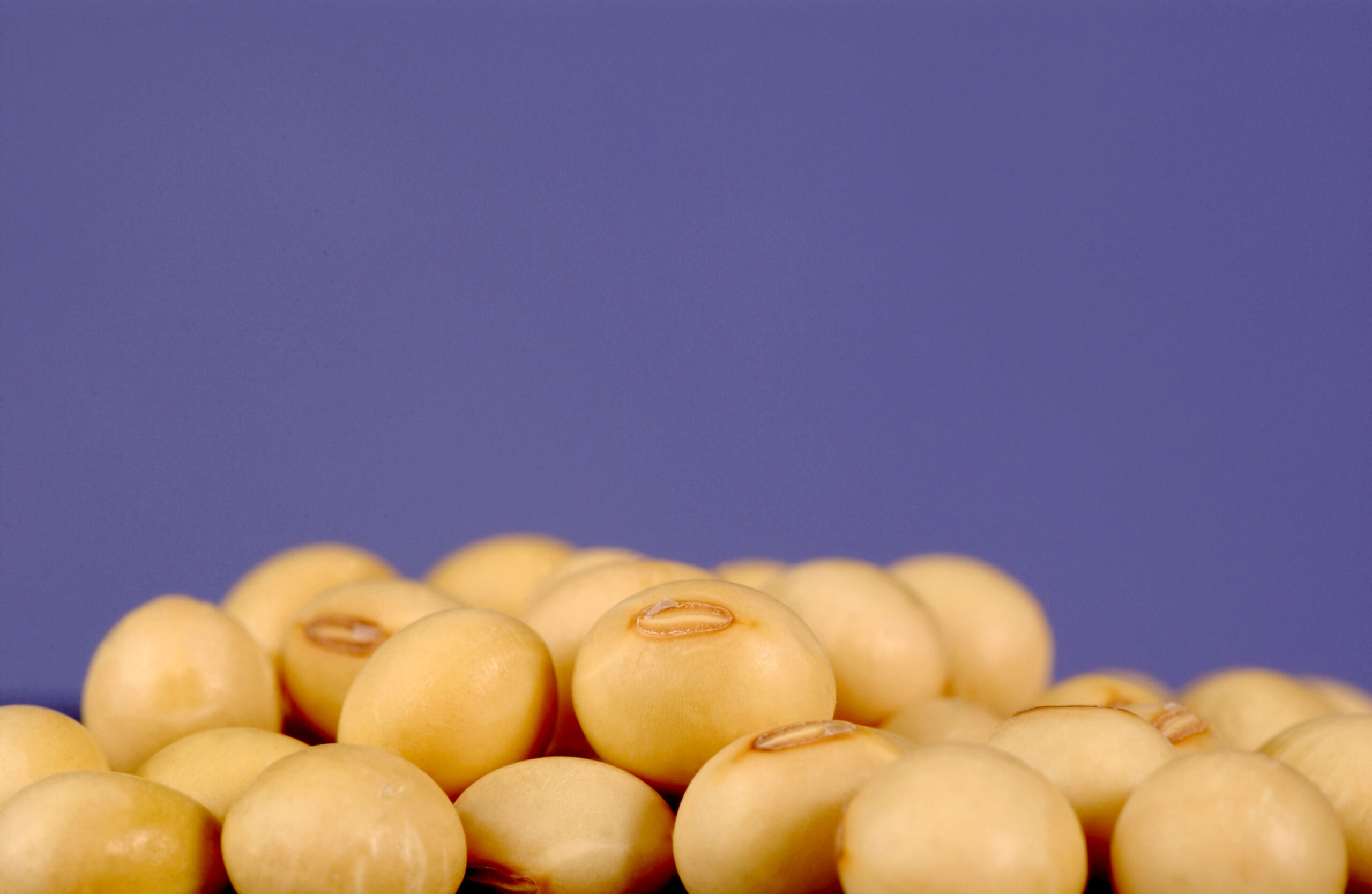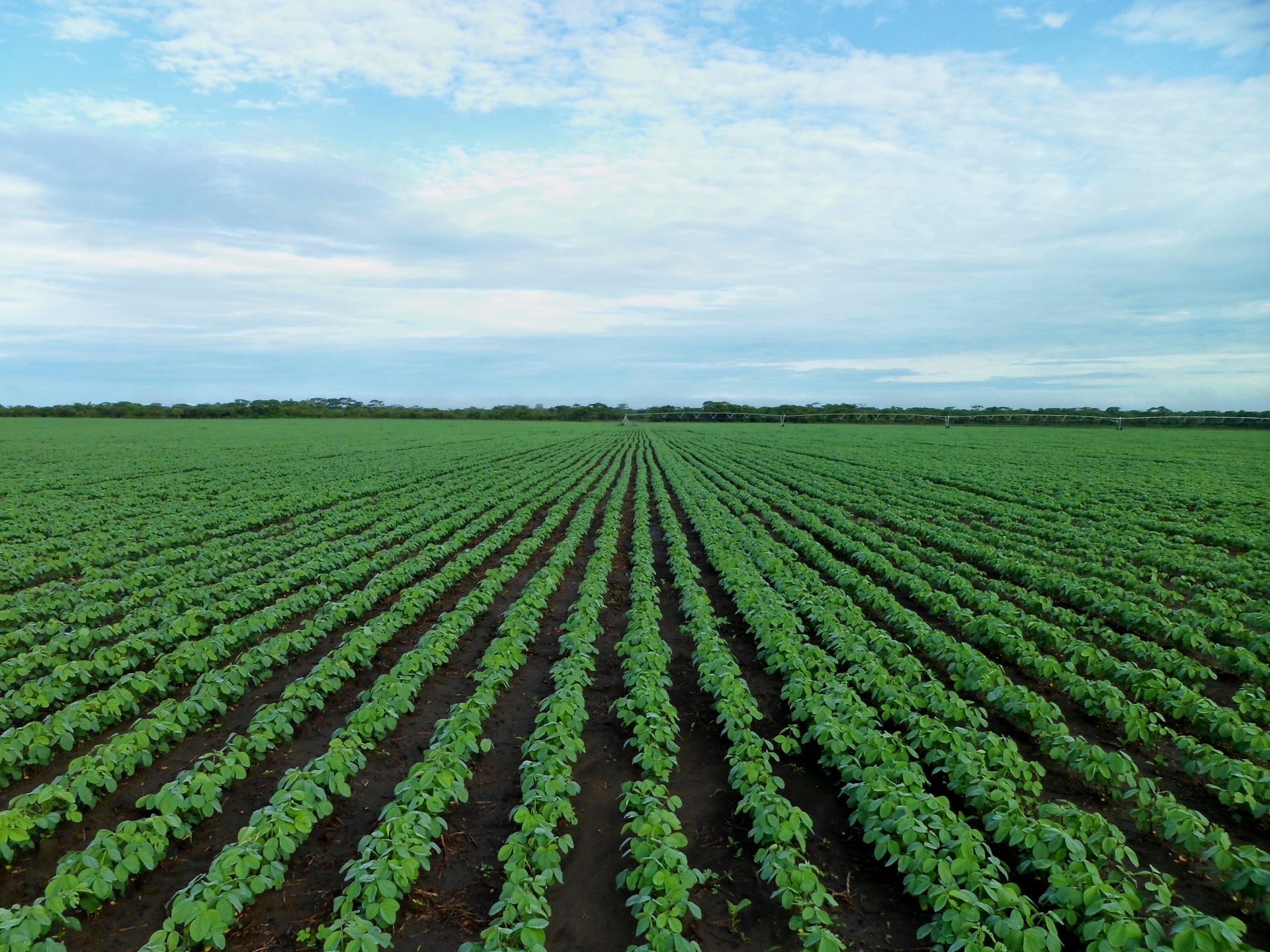Soy Hydrogels: The Next Green Innovation

The Ohio Soybean Council (OSC) and soybean checkoff are committed to funding the research, development and commercialization of new industrial uses for soybeans. In fact, through a broad range of initiatives, soybeans play a key role in creating a wide variety of new innovative products.
Recently, scientists at Battelle, a global research and development organization based in Columbus, Ohio have developed a chemistry to make diapers and other absorbent products friendlier to the environment while remaining cost competitive.
Diapers and other materials that absorb liquids are effective because of hydrogels, or as scientists call them, superabsorbent polymers (SAP), petroleum-based acrylic acid materials, which can absorb hundreds of times their weight in liquid. The market for SAPs today is about 1.6 million tons per year, with personal care items making up the vast majority.
The science behind it all involves using soybean meal to replace 33 percent of the acrylic acid-based SAPs while keeping the same absorption rate and comparable price point.
“We believe that everyone wants to be environmentally friendly, but they want products that perform exactly the same as their oil-based counterparts without costing more,” said Marty Toomajian, President of Battelle’s Energy, Environment and Material Sciences Global Business.
In potted plants, similar to what you would find at Home Depot or Lowes, soy hydrogels can be added to lock in moisture so less water is needed to keep the plants viable. The soy hydrogels can also be used as a seed component helping to absorb water when there is lack of rain. This is currently being used on grass seed and perhaps in the future on row crops.
“Soy hydrogels will provide profit opportunities for farmers across Ohio and around the United States,” said Keith Roberts, OSC board member and soybean farmer from Marion County who also serves as chair of the OSC new uses committee. “Soybean meal in industrial applications has tremendous potential and could be a huge market.”
Battelle expects soy hydrogels to be commercialized within the next 2-3 years. Licensing is currently available and Battelle continues to work with companies who may benefit from this technology.
This isn’t the first time OSC has collaborated with Battelle on soy research. In past years, scientists at Battelle have created soy-based flexible foams for bedding and furniture, toner for printers, lubricants, coatings, plasticizers and many other products as a replacement for petroleum-based materials.
OSC and the soybean checkoff will continue to invest in soy-based research to reduce our reliance on petroleum. The world is seeking out environmentally friendly renewable resources and soybeans are part of that solution.
For more information on soy bioproducts currently available in the marketplace, visit www.soyinside.org.

